Ruins of Oplontis
Buried next to Pompeii, this lesser-known Roman villa was the opulent vacation home of Emperor Nero's wife.
The eruption of Mount Vesuvius in 79 AD buried several Roman towns surrounding the volcano under many feet of ash and lava. The most famous of these towns is Pompeii, followed by the smaller Herculaneum, but there is more to discover under the modern-day town of Torre Annunziata.
Between the more famous Pompeii and Herculaneum the smaller site of Oplontis suffered the same fate. In antiquity, this area was dotted with many suburban villas and residences, mostly used for holidays, but also farms and bath complexes. The archaeological site today comprises two Roman villas, the Villa of Poppaea and the Villa of Lucius Crassius Tertius.
The first villa discovered, known since the 18th century, was Poppaea, the grand vacation residence of the wife of Emperor Nero. Dating back to the 1st century BC, the opulent villa was outfitted with private baths and a swimming pool, and most rooms have remarkably preserved paintings on the walls.
Based on archeological finds, it appears the villa was in the process of being repaired after an earlier earthquake when Vesuvius erupted; several tools and most of the household objects were found stored in some rooms. Today, some parts of the residence lying under modern buildings are still being excavated.
The Villa of Lucius Crassius Tertius dates back to the 2nd century BC and is smaller than Poppaea. Jewels, coins, ceramics, carbonized straw and a curiously large quantity of pomegranates used for leather tanning have been found here.
Know Before You Go
Visitors can purchase a ticket to the Oplontis archaeological site along (€ 7.00) or a combined ticket that also includes admission to the Herculaneum and Pompeii sites. The site is a few minutes' walk from the Torre Annunziata train station.


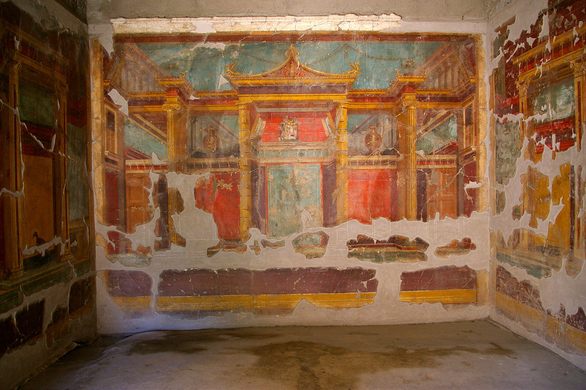
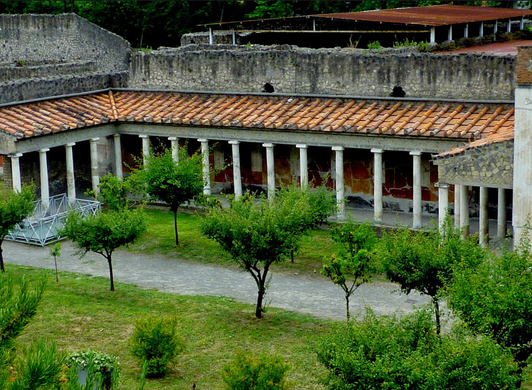


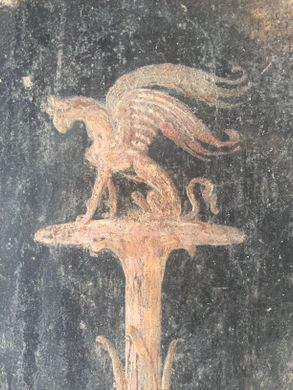
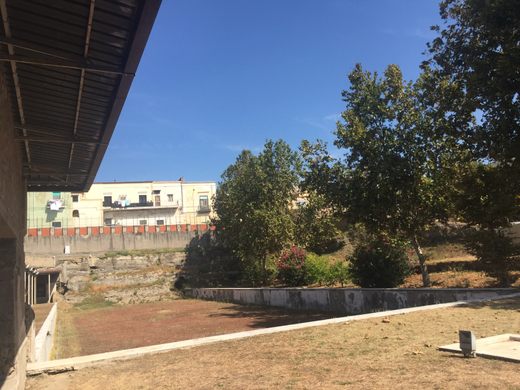
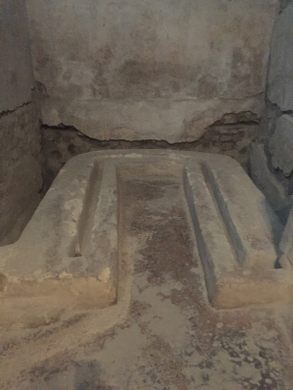
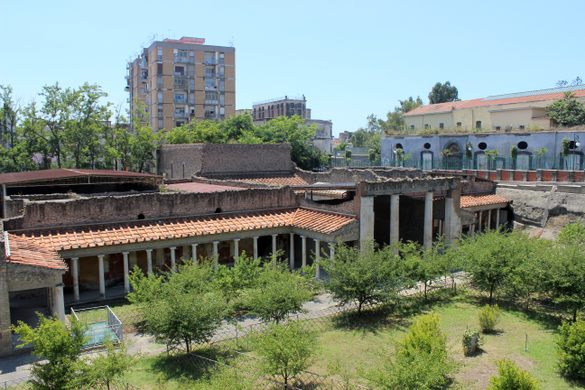

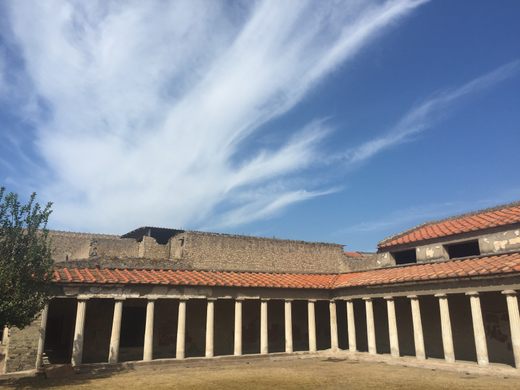
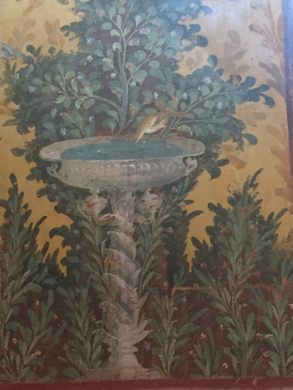






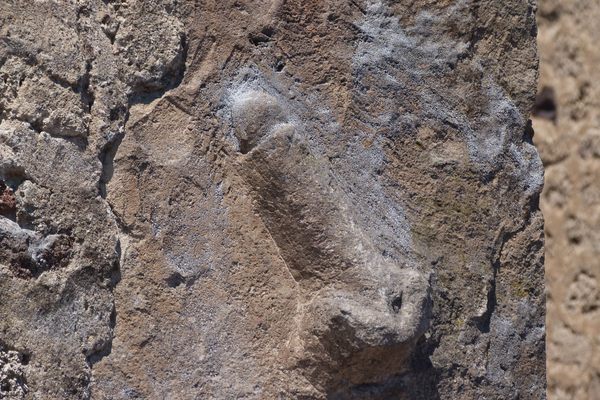



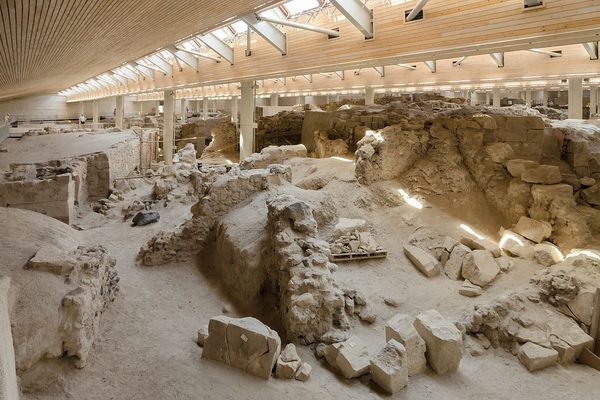

Follow us on Twitter to get the latest on the world's hidden wonders.
Like us on Facebook to get the latest on the world's hidden wonders.
Follow us on Twitter Like us on Facebook